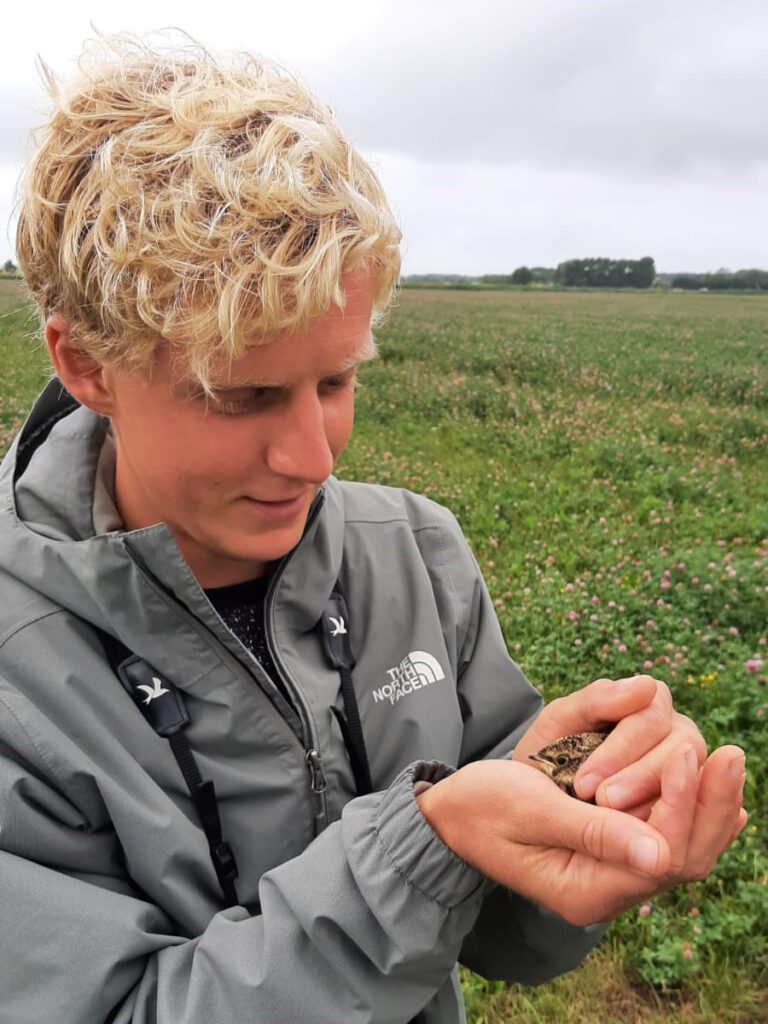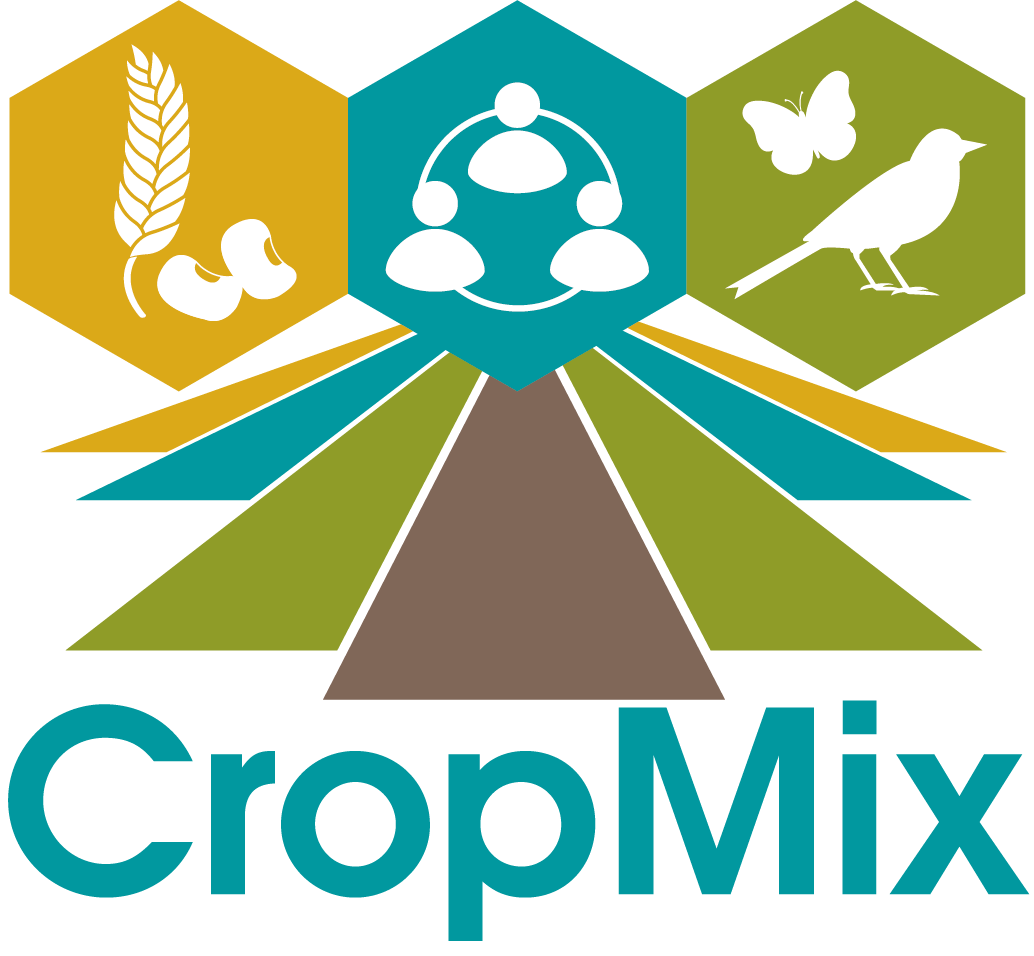Scaling up from plant-plant interactions to field and farm
The value of strip cropping for farmland birds


Researcher
Rik Waenink
PhD candidate
Wageningen University & Research
As an ecologist at heart, I like to dedicate myself to arable farming with high biodiversity.
Research project
Project: 1.3.3. The value of strip cropping for farmland birds
Do farmland birds prefer strip cropping to breed in? Does cultivating in strips lead to an increased insect abundance (=bird food) in a crop? Is the insect supply in a strip cropping system with a variety of crops more stable throughout the year? And do birds prefer strip cropping for foraging and shelter? These thought-provoking questions will be addressed in this research. We will also investigate whether narrow or wide strips are more effective and which crop combinations are relevant.
We will answer these tantalising questions with this study. In doing so, we will investigate whether narrow or wide strips are more effective and which crop combinations are important.
Related projects
- Yields in strip cropping > Hilde Faber
- Scaling up from plant to field level
- Insect biodiversity
- The potential of mixed cropping systems for biodiversity and ecosystem services within circular food systems
Results and news
In this video, Rik tells about this research to farmland birds in strip cropping. This video was made by WUR Field Crops on the Farm of the Future.
Rik offers four tips for farmers to promote birds in their fields:
- Grow cereals and legumes (on strip cropping)
- Sow perennial strips (crops or flowers)
- Mow grass clover at the earliest after 45 days
- Add field beans: a crop in which birds like to gather their food
Researchers involved
- Thijs Fijen (WUR)
- Raymond Klaassen (RUG)
- David Kleijn (WUR)
- Dirk van Apeldoorn (WUR)
- Tim Visser (WUR)
Related research
Our work packages
This work package focuses on above-ground and below-ground interactions. We look at the interactions between plants, crops, insects and other species living in the field and the differences between strip cropping and monocultures.
Work package 2 looks at the economic feasibility of investments for farmers to switch to more crop-diverse systems, such as strip farming, and what factors influence their willingness to engage in ecologically sound farming.
We want to identify different transition pathways applicable to different situations. Think of farmers with wide strips and long value chains, but also farmers with narrow strips marketing in a short chain. Or perhaps very different cropping systems that use crop diversity, such as agroforestry. We also look at what consumers and other stakeholders think and their role in the transition to more sustainable agriculture.


